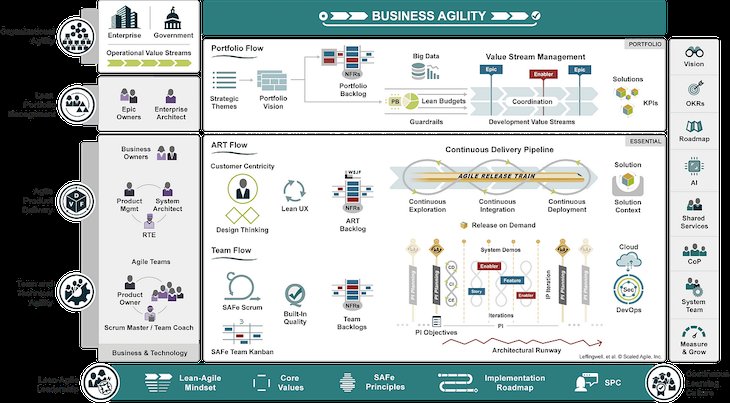
Handling hornworms isn’t just about keeping them alive—it’s about ensuring they thrive and stay healthy for your reptile friends. Think of them as tiny green soldiers in your pet’s food army. Proper handling means they can grow strong and nutritious, ready for your pet’s next meal. Here, we’re diving into the best practices to keep both you and your hornworms safe and happy.
Understanding Hornworms: A Brief Overview
Hornworms, particularly the **tomato hornworm**, are the larval stage of the five-spotted hawk moth. These critters can grow up to 4 inches long, which might sound intimidating but is actually pretty neat. They thrive on plants, particularly tomatoes and peppers, making them relatively easy to source if you want to grow your own.
But why choose hornworms for your pet? They are packed with protein and moisture, making them a great food source for reptiles like bearded dragons, chameleons, and even amphibians. Plus, there’s something fascinating about having a creature transform right before your eyes—just like a little superhero in its cocoon.
Why Safe Handling Is Important
You might be wondering, why is handling hornworms any different from, say, handling a dog or cat? Well, for one, hornworms are quite delicate creatures. They don’t have the sturdy backbone that other pets do. Their health can decline quickly if stressed, which is why understanding safe handling practices is so critical.
Additionally, hornworms can carry bacteria that might not be harmful to them but could potentially be risky for your pet. Not to mention, you’d want to avoid any accidental bites or drops that could hurt them. So, let’s make sure we’re treating these little guys with the respect they deserve.
Preparing for Handling: What You Need
Before you dive in, let’s talk about the essentials. First, make sure your hands are clean. Washing them ensures you don’t introduce any harmful germs to the hornworms. Think of it as washing your hands before cooking—you wouldn’t want to mix in any unwanted flavors!
You’ll also want a **safe container** to transport the hornworms. Something like a small plastic bin or a clear jar with air holes will do just fine. This not only keeps them safe from falling but also provides ventilation, which is essential for their survival.
Lastly, consider having tweezers on hand. Using tweezers might sound a bit fancy, but they can help you pick up hornworms without causing them stress. It’s like having a fancy set of chopsticks for your little green buddies!
Steps to Safely Handle Hornworms
1. **Wash Your Hands:** As mentioned, give your hands a good wash. It’s the first step to safe handling!
2. **Gently Pick Up the Hornworm:** If you’re using your fingers, make sure to be gentle. Avoid squeezing them. You might think of the hornworm as a delicate balloon—too much pressure, and it could pop!
3. **Use Tweezers if Needed:** If you feel uncomfortable handling them with your hands, use tweezers. Just grasp the hornworm lightly by its body.
4. **Move Them to Their New Home:** Whether you’re transferring them or feeding them to your pet, do this slowly and carefully. Think of it like placing a child in a car seat—patience is key.
5. **Watch for Signs of Stress:** If the hornworm starts writhing or trying to escape, it might be stressed. Just put it back into its container gently and give it some space.
Common Mistakes When Handling Hornworms
Even seasoned pet owners can stumble when it comes to handling hornworms, so it’s helpful to know some common pitfalls.
– **Not Cleaning Your Hands:** This can lead to introducing harmful bacteria and germs to your hornworms. Always make it a habit to wash your hands first.
– **Dropping Them:** Considering their delicate nature, a drop can be lethal. Stay calm, and be careful. Slow movements help prevent accidents.
– **Overhandling:** Hornworms don’t need to be handled constantly. This can stress them out. So, minimize handling unless necessary, like for feeding or transferring.
– **Ignoring Temperature Needs:** Hornworms thrive in specific temperatures. Avoid handling them in extreme heat or cold. Keep them in a stable environment.
Feeding and Caring for Hornworms
Once you’ve got handling down, the next big task is feeding and caring for your hornworms. This can make a significant difference in how healthy they are, which directly affects their nutritional value to your pet.
Hornworms love to munch on fresh, leafy greens. You can feed them things like **collard greens** or even **turnip greens**. Just make sure whatever you provide doesn’t have any pesticides or chemicals. It’s like serving your pet a fresh salad—nobody wants a side of unwanted chemicals.
Remember to provide plenty of moisture, too. Hornworms can dehydrate quickly, so having a humid environment is crucial. A spray of water on their food occasionally should keep things moist and delicious.
Incorporating hornworms into your pet care routine can be rewarding, but it comes with its set of responsibilities. Handling these creatures with care ensures they remain healthy and nutritious for your reptiles.
By following safe handling practices, you not only protect the hornworms but also enhance the feeding experience for your pets. Just like you’d want to create a positive atmosphere for a dinner party, think of each handling session as a mini-event—one that leads to happy, healthy pets.

